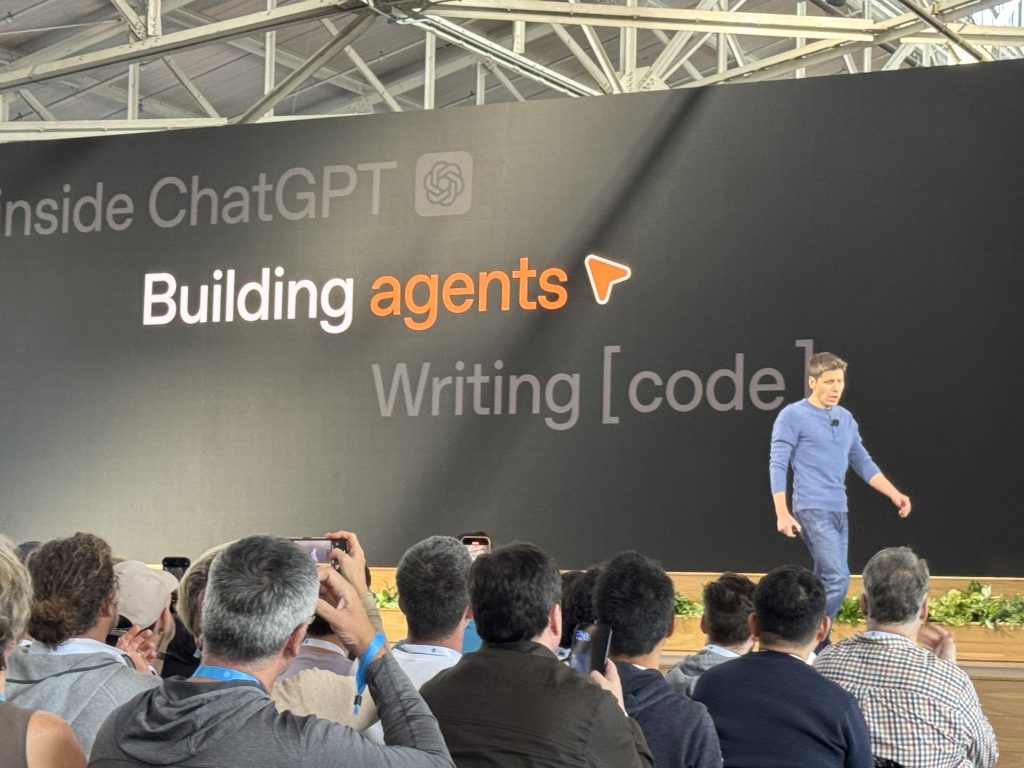OpenAI Launches No-Code Agent Builder — Build AI Agents Without Writing a Line

OpenAI has introduced a **no-code Agent Builder**, a visual platform that lets teams design, configure, and deploy AI agents using drag-and-drop flows, prebuilt integrations, and simple policy controls. The move lowers the barrier to creating specialized assistants — from customer support bots to internal ops helpers — without deep engineering effort.
Quick Insight: The Agent Builder turns agent creation into a product design exercise: product managers, ops leads, and subject-matter experts can prototype and ship useful AI assistants quickly, while engineers focus on scaling, integrations, and governance.
1. What the No-Code Agent Builder Does
• **Visual workflows:** Create conversational flows, conditional logic, and multi-step procedures with a block-based editor — no scripting required.
• **Prebuilt connectors:** Plug agents into calendars, CRMs, Slack, email, and databases through configurable connectors and OAuth flows.
• **Tool orchestration:** Chain calls to APIs, model prompts, and retrieval systems so agents can fetch, synthesize, and act on data.
• **Policy & safety controls:** Configure guardrails, content filters, and approve/reject thresholds for sensitive actions or outputs.
• **Publishing & versioning:** Publish agents to channels, run A/B tests, and roll back versions with built-in monitoring and usage analytics.
2. Why This Matters — Practical Benefits
• **Speed to value:** Teams can move from idea to deployed agent in days instead of months, accelerating experimentation and ROI measurement.
• **Democratizes creation:** Non-engineers — product owners, HR leads, customer success managers — can create domain-specific assistants tailored to their workflows.
• **Lower engineering load:** Engineers spend less time on basic integrations and templating, and more on scalability, performance, and sensitive integrations that require code.
• **Improved iteration:** Visual builders make it easy to tweak prompts, reorder steps, and test variations — encouraging rapid learning cycles.
• **Operational efficiency:** Agents can automate repetitive tasks (triage, routing, summaries, scheduling), freeing human teams for higher-value work.
3. Governance, Risks & Limitations
• **Safety & correctness:** No-code makes it simple to ship, but not all logical or privacy edge cases are obvious — human oversight and testing remain essential.
• **Hidden complexity:** Under the hood, connectors and chained tools can produce emergent behaviours; subtle failures can cascade if not instrumented properly.
• **Vendor lock-in risk:** Using proprietary visual blocks and connectors can make migration or custom extensions harder long term without exportable specs or open standards.
• **Data exposure:** Agents that access internal systems require strict access controls, audit logs, and least-privilege setups to prevent leaks.
• **Overautomation:** Organizations may automate processes that should remain human-centred, degrading user experience or removing necessary judgment calls.
4. How Teams Should Adopt the Builder (Practical Playbook)
• **Start small:** Pilot with non-critical workflows (meeting summaries, FAQ triage) to build confidence and measurable metrics.
• **Define success metrics:** Time saved, response accuracy, escalation rate, and user satisfaction should drive iteration.
• **Design for human-in-the-loop:** Use approval gates for high-risk outputs and keep easy ways for users to flag errors.
• **Document agent specs:** Maintain clear documentation for each agent — purpose, data sources, triggers, access level, and rollback plan.
• **Create governance guardians:** Appoint a small cross-functional team (legal, security, product, ops) to review agents before full production release.
5. Opportunities for African Organizations & Startups
• **Rapid localisation:** Teams can build agents that understand local languages, policies, and service expectations without heavy engineering investment.
• **Education & training:** Edtech platforms can offer tutoring assistants and grading helpers tailored to regional curricula at low cost.
• **SME automation:** Small businesses can automate customer messages, appointment bookings, and basic accounting workflows affordably.
• **Civic tech & services:** Governments and NGOs can prototype public-facing assistants to handle common citizen queries, freeing scarce human resources.
• **Build IP via templates:** Local teams can author reusable agent templates (micro-vertical playbooks) and package them as products or services for regional markets.
6. Looking Ahead — Product & Market Impacts
• No-code agent builders will change the balance between platform and product teams: platforms provide building blocks while product teams assemble differentiated experiences.
• The winner in enterprise adoption will be platforms that pair powerful primitives with robust governance, auditability, and exportable definitions.
• Expect an ecosystem of marketplaces for agent templates, prebuilt connectors, and compliance add-ons to emerge quickly.
• Ultimately, success depends on complementing no-code ease with the ability to scale securely and integrate custom logic when needed.
